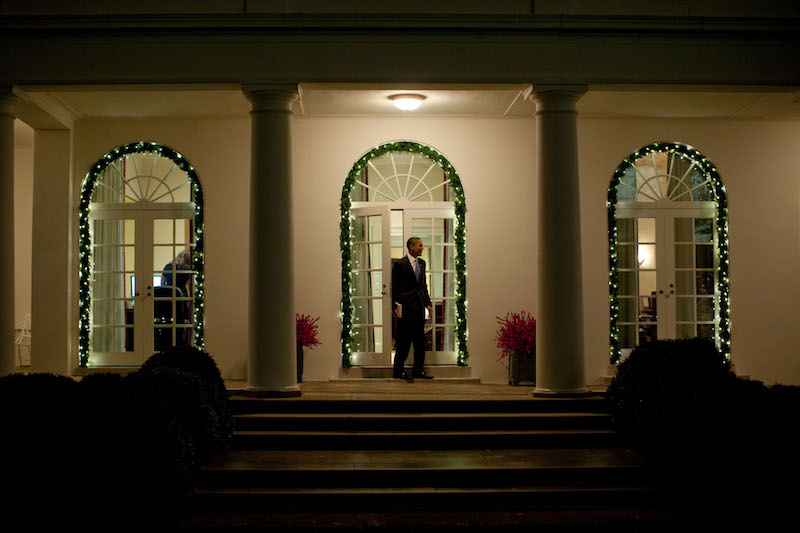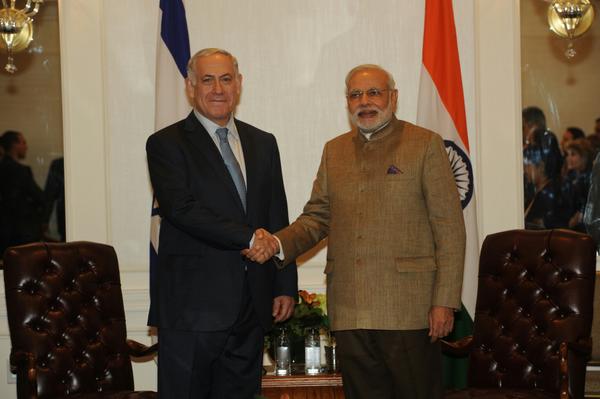Conscription is a form of compulsory military service that can call citizens to serve in the army. In Canada, conscription created a conversation about Canadian identity and what some define it as. This is especially true regarding the divide between Anglophone and Francophone Canadians regarding conscription. Many Anglophone Canadians, during the First and Second World Wars, supported conscription, while Francophone Canadians were firmly opposed. As a result, a deep rift regarding conscription in Canadian society emerged along linguistic and cultural lines.
Yet, in a world of emerging security threats, why do some nation-states have conscription and mandatory service while others don’t? This article seeks to explore these questions by looking at those states within NATO that do have conscription and mandatory service and exploring the historical, geographic, and cultural factors behind these policies. Ultimately, this article asserts that Canada should re-examine its stance on conscription and mandatory service in an increasingly changing and threatening world.
Nine NATO countries have conscription and mandatory service. These countries are Greece, Türkiye, Finland, Sweden, Norway, Denmark, Estonia, Latvia, and Lithuania. The majority of these countries are located in Northern Europe and the Baltic, while the rest reside in the Mediterranean. Looking at a map, a few things become apparent as to why these countries have conscription.
Finland, Estonia, and Latvia all border Russia, which has historically acted aggressively towards its neighbours. This was apparent in the Winter War during the Second World War when the USSR invaded Finland in an aggressive war of expansion. The full-scale Russian-Ukrainian war, started in 2022, only served to justify each country’s institution of conscription.
In this case, the proximity of these countries to an aggressive neighbour can explain why they instituted conscription. It is possible that at any moment, each respective nation could become a battlefield. The aggressive nature of Russia’s foreign policy necessitated these nations to take precautions to defend themselves in the form of preparing their citizenry to defend their nation through military training.
Türkiye is in close proximity to Russia as well. Despite its deep international entanglement with Russia, which has shaken the faith of Türkiye’s Western allies, Türkiye is hedging its bets by still maintaining conscription. Moreover, Türkiye’s proximity to the Middle East, with its regional instability, would also require it to maintain conscription in the event of having to respond to any threats that emerge there.
Countries that are far from battlefields might feel less motivated to mobilize their population through conscription. Greece and Denmark, despite not being in close proximity to Russia, still maintain mandatory conscription. Greece has conscription due to historical reasons, especially concerning the Ottoman Empire and the wars that were fought before and during the First World War. Denmark has conscription due to its neighbours having it as well. Combined, these nations with their conscription models serve as a deterrent against Russian aggression within their respective spheres. Despite each system being slightly different in the Nordic countries, the reasoning for why the Nordic Nations have conscription is they wish to deter Russia from attacking them.
The Russian invasion of Ukraine has created a new discussion around military service and the role of conscription, especially in Europe. Poland, for example, is considering whether it should implement a national conscription. General Wieslaw Kukula, the Chief of the General Staff for the Polish Armed Force, remarked that instituting a “general service model” would help improve the defences of Poland. Russia’s aggressive actions have caused a serious reassessment of defence for NATO member states. As illustrated previously, proximity to threats plays a crucial role in determining if a nation will have conscription as part of its grand strategy.
Despite not being in close proximity to a threat, the U.S. still maintains a large army without conscription. It is also worth noting that the U.S.’s social safety net is military enlistment as it provides numerous benefits to its members, while the U.S. more broadly has a lax safety net.
Given the shifting geopolitical landscape, a mandatory conscription and military service model might help Canada with the crisis that the Canadian Armed Forces is experiencing in recruitment. However, it is important to be aware of any Charter of Rights and Freedoms violations this might pose. Yet, Philippe Lagassé, a military expert at Carleton University, states that such a measure would not violate the Charter as long as it includes all groups and not just men. While such a measure would provide its own slew of complexities, such as the aforementioned Charter of Rights and Freedoms challenges, such a measure should be considered as we face new and complex global challenges.
By looking at a mandatory service and conscription model, Canada can help counter claims by other NATO nations that it is not doing its fair share for the alliance. While the 2% of GDP spent on defence is important, enacting a mandatory conscription model might help to appease critics of Canada within NATO.
Photo: Soldier’s Desert Patrol (2025) via StockCake. Public Domain.
Disclaimer: Any views or opinions expressed in articles are solely those of the authors and do not necessarily represent the views of the NATO Association of Canada.





